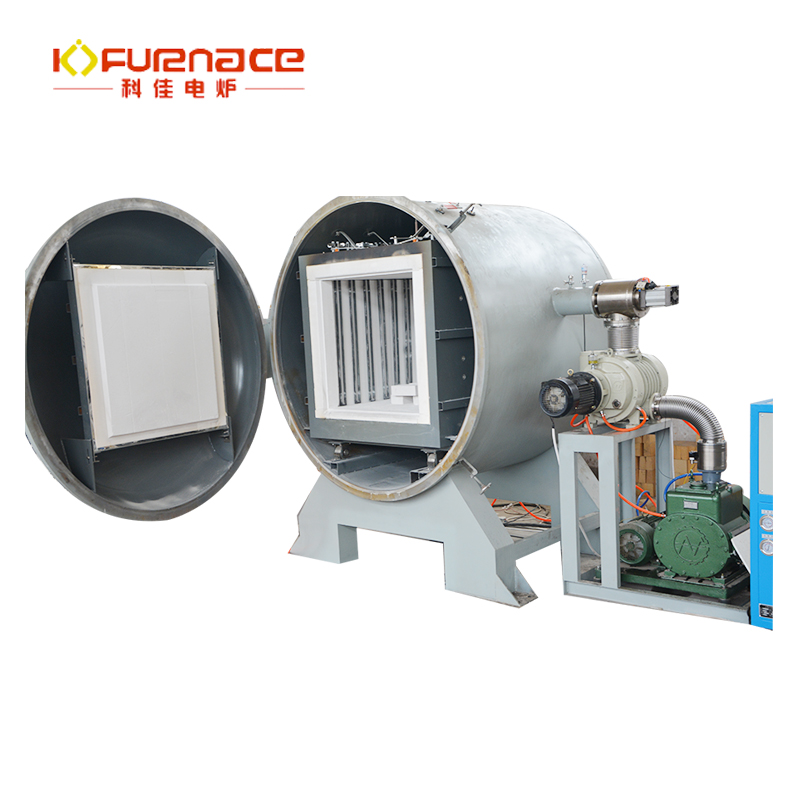Analysis of Vacuum Measurement
Time:2020-09-25 09:24 Click:
Vacuum measurement is the measurement of the degree of vacuum, because the degree of vacuum reflects the degree of rarefied gas in the container, and it is difficult to directly measure the rarefied degree of gas in engineering. The usual method is to measure the gas associated with the rarefied degree of gas. Pressure to reflect the level of vacuum. A vacuum gauge that is directly driven by gas pressure for measurement is called an absolute vacuum gauge. The measurement reading has nothing to do with the type of gas. Commonly used are U-tube liquid vacuum gauges, compression vacuum gauges, and elastic deformation vacuum gauges. The absolute vacuum gauge is directly driven by the gas pressure, and it can be reflected only when the pressure is relatively large, so the measured vacuum is not high, and it is usually used for rough vacuum testing.
First cause certain physical phenomena in the measured gas, such as heat conduction, ionization, etc., and then measure the pressure-related physical phenomena in this process. This vacuum gauge that relies on the gas to trigger physical phenomena for vacuum measurement is called relative vacuum There are several types of gauges, such as heat conduction vacuum gauges and ionization vacuum gauges. The relative vacuum gauge relies on a certain physical phenomenon, and any physical phenomenon can only be manifested within a certain pressure range. Beyond this range, the relationship between pressure and physical phenomena will become very weak, and it is difficult to measure the degree of vacuum. Any method of measurement has a certain measurement range, which is called the "range" of the vacuum gauge. Because the occurrence of physical phenomena has a certain relationship with the nature of the gas, the measurement reading of the relative vacuum gauge is related to the type of gas.

Vacuum gauge
Generally, the sensor that converts vacuum pressure into a certain physical phenomenon is called vacuum gauge or vacuum gauge. For example, it is divided into resistance gauge, thermocouple gauge, ionization gauge, etc. according to the measurement principle. There are two types of materials for vacuum gauges: glass and metal. The measuring principle is the same, but the protection method and installation method are different. The gauge is installed on the vacuum furnace cavity or vacuum pipeline, and the measuring instrument is installed on the control cabinet panel of the vacuum furnace, connected by a special cable. The correct installation method of vacuum gauge should be vertical installation, whether it is plug-in type or flange type installation, there must be a strict seal with the chamber under test. It is strictly forbidden to connect the gauge with electricity, or disassemble the gauge arbitrarily in a vacuum state. When transferring the gauge, handle it with care to prevent damage.
Please leave a message here. We will reply you in 24 hours.
